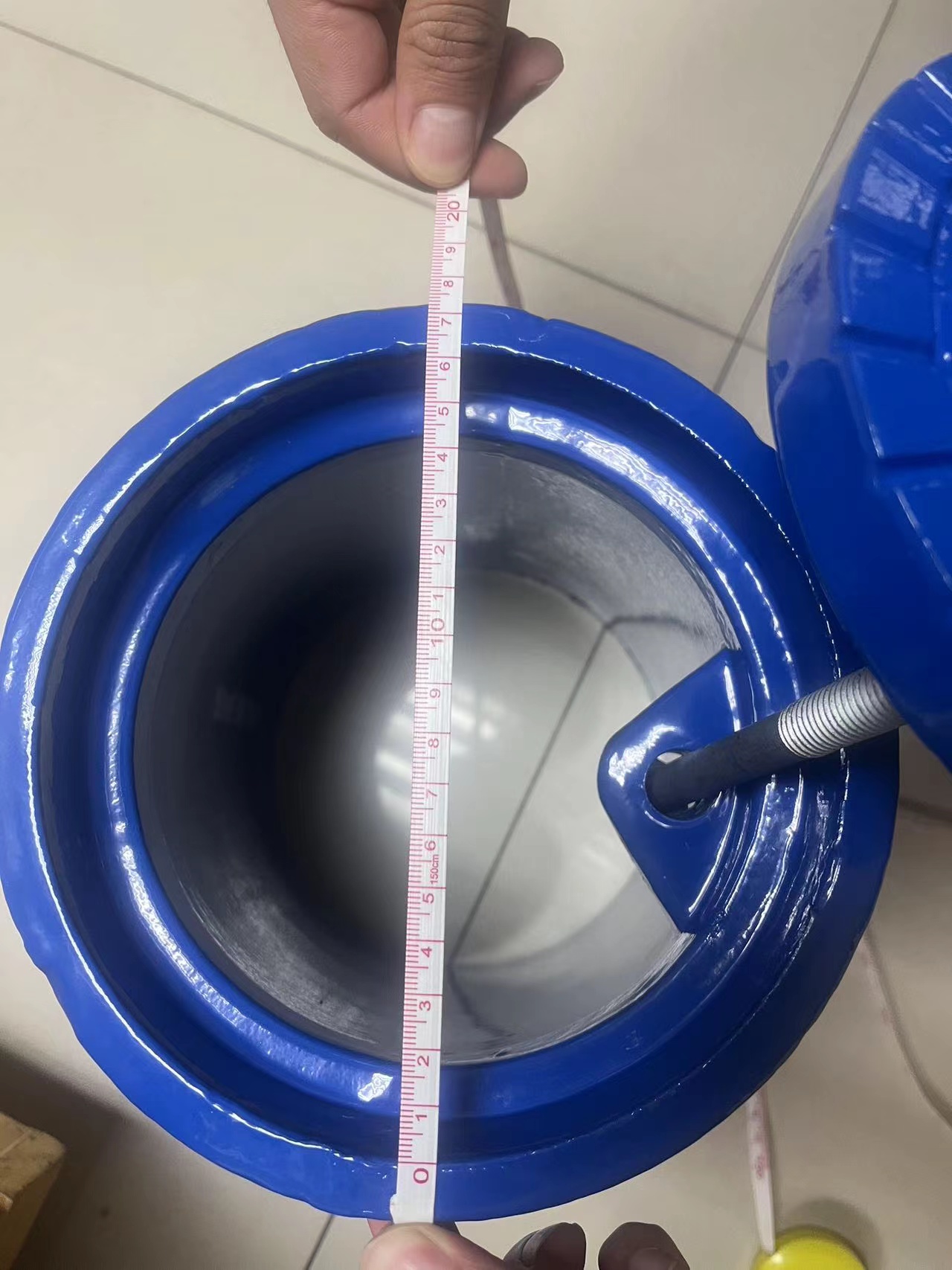Water Meter Access Cover Design and Specifications for Efficient Utility Management
Understanding Water Meter Manhole Covers Importance, Types, and Maintenance
Water meter manhole covers are vital components of urban infrastructure that often go unnoticed. While they may appear to be simple metal discs placed on roads or sidewalks, they serve significant purposes that are crucial for the efficient management of water resources. This article will delve into the importance of water meter manhole covers, explore the various types available, and highlight best practices for their maintenance.
The Importance of Water Meter Manhole Covers
Manhole covers, primarily those related to water meters, play several key roles in urban environments. Firstly, they provide access to underground water meter installations for monitoring and maintenance purposes. Water utility companies depend on these covers to read consumption data, troubleshoot issues, and perform repairs. Unimpeded access through these covers means that water services can operate effectively, ensuring that clean water reaches consumers without interruption.
Moreover, water meter manhole covers contribute to safety and security within urban infrastructure. They help prevent hazardous situations, such as accidental falls into open meters or unauthorized access to water supply systems. Properly fitted and maintained covers ensure that the environment remains safe for pedestrians and vehicles alike.
Finally, these covers play a part in the aesthetic and functional design of urban landscapes. Well-designed manhole covers can enhance the visual appeal of a cityscape, showcasing local art or branding while blending seamlessly with the surroundings.
Types of Water Meter Manhole Covers
When considering water meter manhole covers, one can identify several designs and materials that cater to different needs. The most common materials used are cast iron, polymer, and composites.
1. Cast Iron Covers Traditionally, cast iron was the material of choice for manhole covers due to its strength and durability. Cast iron covers can withstand heavy traffic loads and are resistant to corrosion. However, one drawback is their weight, making installation and maintenance labor-intensive.
water meter manhole cover

2. Polymer Covers These are a modern alternative, often lighter than cast iron and resistant to rust and corrosion. Made from high-density polyethylene or similar materials, polymer covers are ideal for areas where weight is a concern, such as residential neighborhoods.
3. Composite Covers Combining different materials allows for versatile designs that leverage the strengths of each. Composite covers are typically lightweight, durable, and sometimes come equipped with features like noise reduction or enhanced security measures.
In addition to materials, designs can vary significantly. For instance, some covers have grooves or textured surfaces to prevent slipping, while others may feature locking mechanisms for added security. Locations with a high likelihood of flooding may also utilize watertight designs to prevent water ingress.
Maintenance of Water Meter Manhole Covers
Regular maintenance of water meter manhole covers is essential to ensure their longevity and functionality. Municipalities or utility companies should conduct periodic inspections to check for signs of wear, misalignment, or damage. Over time, covers can settle unevenly, leading to potentially dangerous situations for pedestrians and causing damage to vehicles.
Cleaning is also crucial. Dirt and debris accumulation can obstruct access, making it challenging to retrieve meter readings or perform necessary repairs. Scheduled cleanings will help mitigate these issues and maintain the aesthetic quality of the cover.
Moreover, any maintenance work should be documented meticulously. Keeping a record of inspections, repairs, and replacements allows for better planning and resource allocation in the future. Such diligence ensures that water meter manhole covers continue to serve their essential functions without interruptions.
Conclusion
Water meter manhole covers are an essential, yet often overlooked, aspect of urban infrastructure. Their roles in providing access, enhancing safety, and contributing to a city’s aesthetic cannot be understated. With various types available to meet specific needs and the importance of regular maintenance, these covers are crucial for managing water resources efficiently. Understanding their significance helps foster a greater appreciation for the infrastructure that supports our daily lives.
-
The Smarter Choice for Pedestrian AreasNewsJun.30,2025
-
The Gold Standard in Round Drain CoversNewsJun.30,2025
-
The Gold Standard in Manhole Cover SystemsNewsJun.30,2025
-
Superior Drainage Solutions with Premium Gully GratesNewsJun.30,2025
-
Superior Drainage Solutions for Global InfrastructureNewsJun.30,2025
-
Square Manhole Solutions for Modern InfrastructureNewsJun.30,2025
-
Premium Manhole Covers for Modern InfrastructureNewsJun.30,2025
